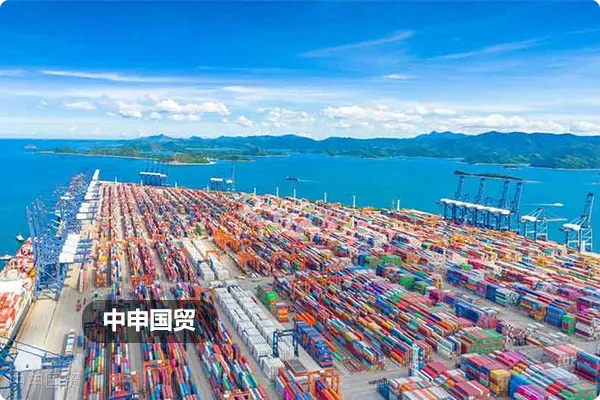- Shanghai Zhongshen International Trade Co., Ltd. - Two decades of trade agency expertise.
- Service Hotline: 139 1787 2118

Semiconductors in 2025Equipment ImportsIndustry New Trends
As the global semiconductor industry accelerates its transition to sub-3nm processes, the latest data from China Customs shows a 37% year-on-year increase in imports of precision etching machines from January to June 2025, but the return rate rose by 12 percentage points. Current import processes exhibit three key characteristics:
- Technology Restrictions Escalation: The Wassenaar Arrangement 2025 revision added controls on five categories of lithography machine components
- Tariff Structure Optimization: Provisional import duty rates for equipment under HS code 8542 reduced to 5%
- Inspection Standards Refinement: Customs Announcement No. 37 specifies radiation protection testing standards for wafer transfer systems
Common Operational Mistakes and Cost Analysis
In March 2025, a wafer fab incurred 47 days of port detention for $230 million worth of deposition equipment due to classification errors, resulting in additional storage fees of 3.8 million yuan. Such cases reveal three typical mistakes:
- Mistake 1: Self-handling Licenses
- Confusing the application scope between Key Used Mechanical and Electrical Products License and Automatic Import License
- Overlooking dual-use declaration requirements for EUV lithography machines
- Mistake 2: Single Price Comparison Procurement
- Failing to calculate compliance costs under U.S. EAR export control regulations
- Omitting ASML equipment-specific technical maintenance clauses
- Mistake 3: Neglecting After-sales Service Binding
- 90% of return cases involve unregistered third-party maintenance services
- Hitachi assembly equipment must match original factory calibration certificates
The value realization path of professional agency services
Comparison between a memory chip manufacturers self-import and agency service data:
- Time Cost: Customs clearance period reduced from 58 days to 22 days
- Risk Control: Compliance defect rate dropped from 43% to 6%
- Professional support: Comprehensive tax rate decreased by 2.7 percentage points
Practical guide to customs clearance operations
For 2025s latest regulatory requirements, we recommend building a three-step defense system:
- Pre - classification stage
- Utilize customs classification precedent databases to compare adjudication cases from recent three years
- Pay special attention to the 9012/8428 classification dispute for wafer transfer robots
- Document preparation stage
- Japanese manufacturers must provide copies of METI export licenses
- Korean equipment requires KTL-certified EMC test reports
- On - site inspection stage
- Prepare original vacuum chamber pressure test data in advance
- Temperature and humidity recorder models compliant with General Administration of Customs requirements
Agency selection strategy
Four capability identification criteria for high-quality agents:
- From the perspective of qualifications: Possess AA-class customs declaration qualification with hazardous materials transportation filing
- Industry experience: Have handled at least 3 complete import projects for 12-inch wafer fabs
- Service network: Maintain emergency response centers in Rotterdam, Yokohama, and San Francisco
- Response speed: Provide 7×24 technical document pre-review services
When importing thin-film deposition equipment valued over $5 million, professional agency services can reduce unforeseen costs by 18%-25%. Companies are advised to engage compliance consultants during supplier screening to establish a comprehensive risk control system spanning from commercial negotiations to equipment acceptance.
Related Recommendations
? 2025. All Rights Reserved. Shanghai ICP No. 2023007705-2  PSB Record: Shanghai No.31011502009912
PSB Record: Shanghai No.31011502009912










